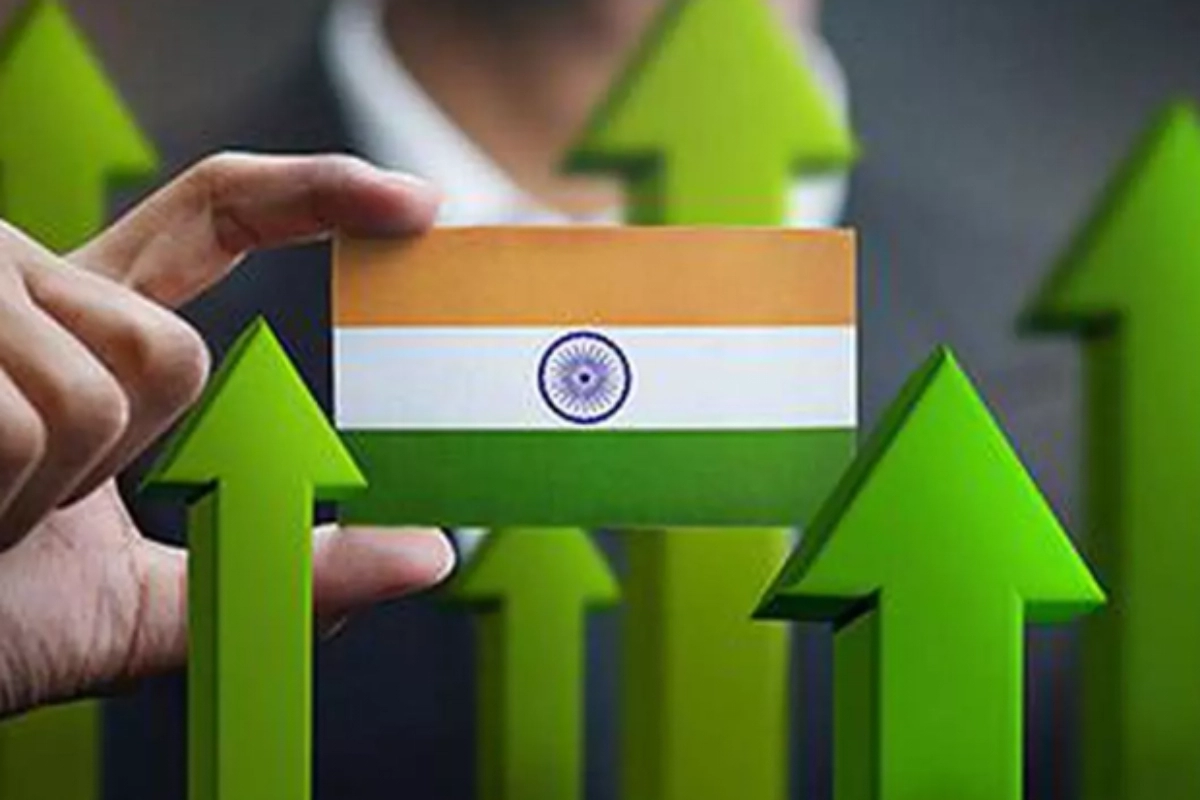Indian Economy: According to a document released by the finance ministry two days before the last (interim) budget of the current government, India can “aspire to become a $7 trillion economy in the next six to seven years (by 2030)” and is on track to become the third largest economy in the world with a GDP of $5 trillion in the next three years.
A Decade of Economic Transformation
Chief economic adviser (CEA) V Anantha Nageswaran stated in the report that the Indian economy “has been a journey from fragility to stability and strength” during the past ten years of the Narendra Modi government. The report’s estimates are based on a “reasonable set of assumptions with respect to the inflation differentials and the exchange rate.”
The Economic Survey, which is typically released the day before the Budget and lays out the government’s economic narrative, can be partially replaced by the document “Indian Economy — A Review,” which was released by the CEA’s office. It is a commentary on the state of the economy and its prospects for the future. The 2023–24 Economic Survey won’t be made public until the next administrations’ July presentation of the 2024–25 Final Budget. But CEA made it clear that the report does not take the role of the Economic Survey. “That will come before the full budget after the general elections,” he said.
Unraveling the Purpose of a Vote on Account
An interim budget is merely a Vote on Account, submitted in an election year to cover expenditure for a small period of time to keep the government operating. The full budget for FY25 is anticipated to be presented following the general elections in July of 2024.
According to the document, India’s economy will do significantly better than what international organisations like the IMF had predicted due to the government’s dedication to reforms, economic management, and the revamping and expansion of the social net.
India’s Aspiration for Developed Economy Status
It asserts that these energies can assist India in realising its goal of being a developed economy by the time it celebrates its 100th anniversary of independence in 2047 and enable it attain a consistent 7% GDP growth. India’s medium-term potential growth rate has been estimated by the IMF to be 6.3% in its December 2023 report on Article IV consultations, which are required and are based on consultation with the government and its IMF representative.
The fastest the economy can expand without overheating and experiencing rising inflation is known as its potential growth rate. To be fair, Nageswaran’s predecessor, Krishnamurthy Subramanian, India’s executive director to the IMF, took issue with the organization’s 6.3% figure. The Indian economy is expected to develop at a potential pace of 7.1%, according to Subramanian.
Keep watching our YouTube Channel ‘DNP INDIA’. Also, please subscribe and follow us on FACEBOOK, INSTAGRAM, and TWITTER












